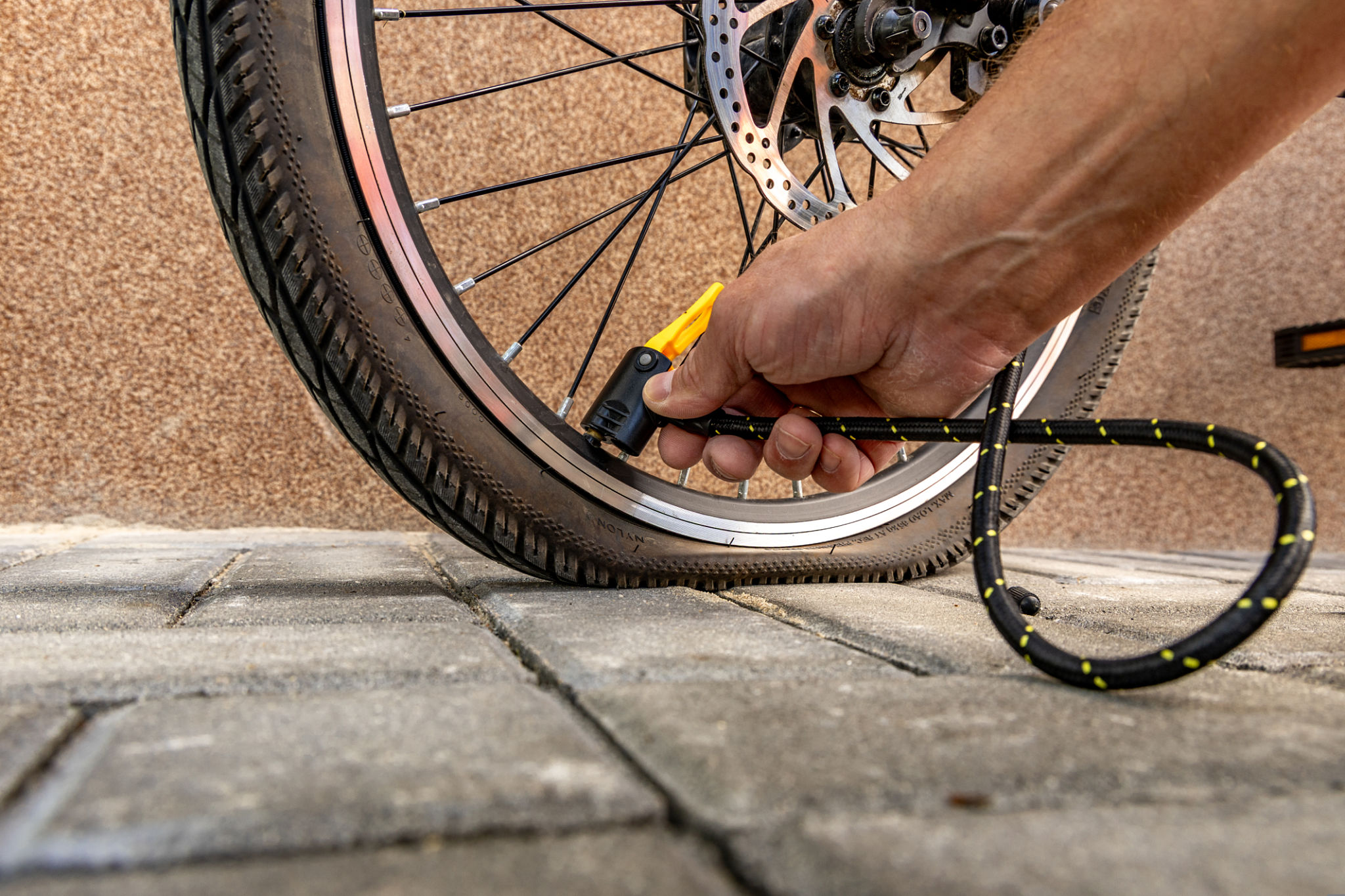How to Change a Flat Tire: A Step-by-Step Guide for Beginners
SN
Understanding the Basics
Changing a flat tire is an essential skill every driver should have, especially in emergencies. While it may seem daunting at first, with the right tools and instructions, you can change a flat tire quickly and safely. This guide will walk you through the process step-by-step, ensuring you're prepared for any roadside mishap.
Before you start, make sure your car is parked on a stable and level surface, away from traffic. Engage the parking brake to prevent the car from rolling. Gather your tools such as a spare tire, jack, lug wrench, and wheel wedges. Having these items ready will make the process much smoother.

Preparing to Change the Tire
Ensure Safety First
Safety should always come first. Put on your hazard lights to alert other drivers. If you have a reflective safety vest or warning triangle, use them to increase visibility. Place wheel wedges in front of or behind the tires to keep the car steady.
Loosening the Lug Nuts
Before you lift the car, slightly loosen the lug nuts on the flat tire. Use your lug wrench to turn them counterclockwise. It might require some force, so be prepared to put some weight into it. However, don’t remove them completely just yet; they should be loose enough to turn by hand later.

Lifting the Vehicle
Positioning the Jack
Find your car's designated jack point, usually indicated in the owner’s manual. Place the jack under this point and start lifting the vehicle until the flat tire is about six inches off the ground. Ensure that the jack is stable before you proceed.
Removing the Flat Tire
Now that your car is lifted, remove the loosened lug nuts completely and keep them safe as you'll need them later. Carefully take off the flat tire by pulling it straight towards you. Place it under the car as an extra safety measure in case the jack fails.

Installing the Spare Tire
Mounting and Securing
Align the spare tire with the wheel bolts and push it into place. Hand-tighten each lug nut to secure the tire temporarily. Ensure that they are evenly tightened to maintain balance.
Tightening the Lug Nuts
Once the spare is securely mounted, lower the car back to the ground using the jack. With the full weight of the car on the tire, use your lug wrench to firmly tighten each lug nut in a crisscross pattern. This ensures even pressure and stability.
Finishing Up
After tightening all lug nuts, double-check their tightness for safety. Store your tools and flat tire back in your vehicle. Remember, spare tires are typically temporary solutions; visit a local tire shop as soon as possible to repair or replace your flat tire.
By following these steps, you can confidently handle a flat tire situation without stress. Practice makes perfect, so consider doing a trial run in a safe environment to familiarize yourself with the process. Stay safe out there!
